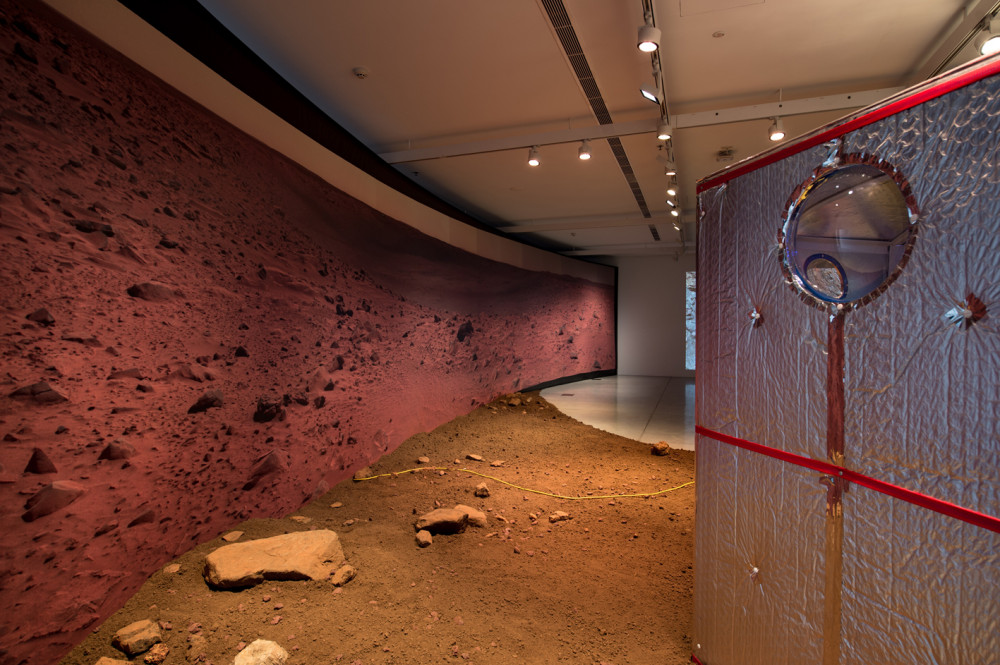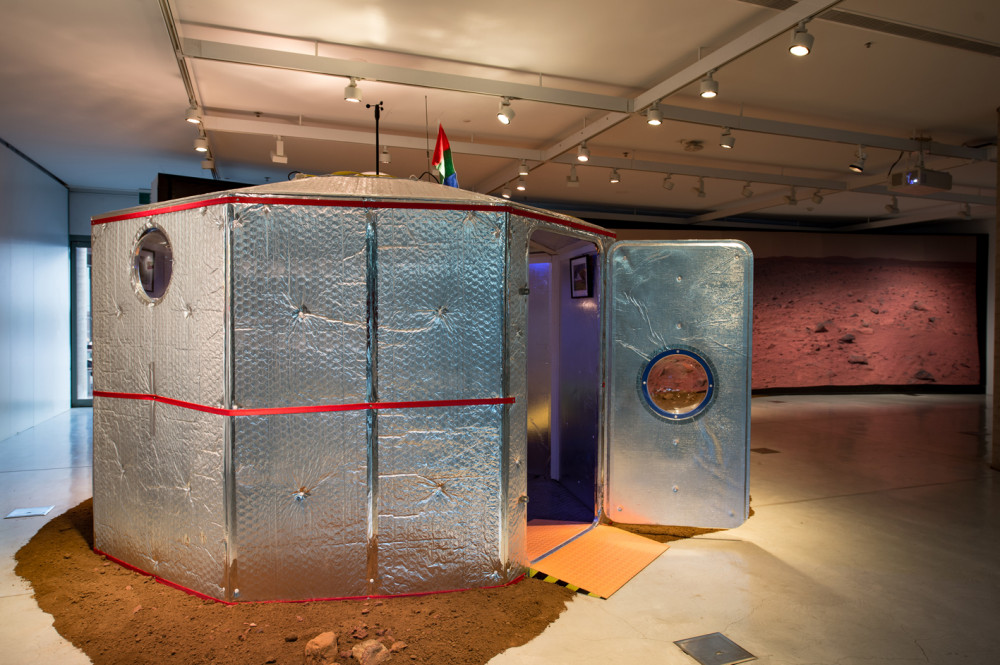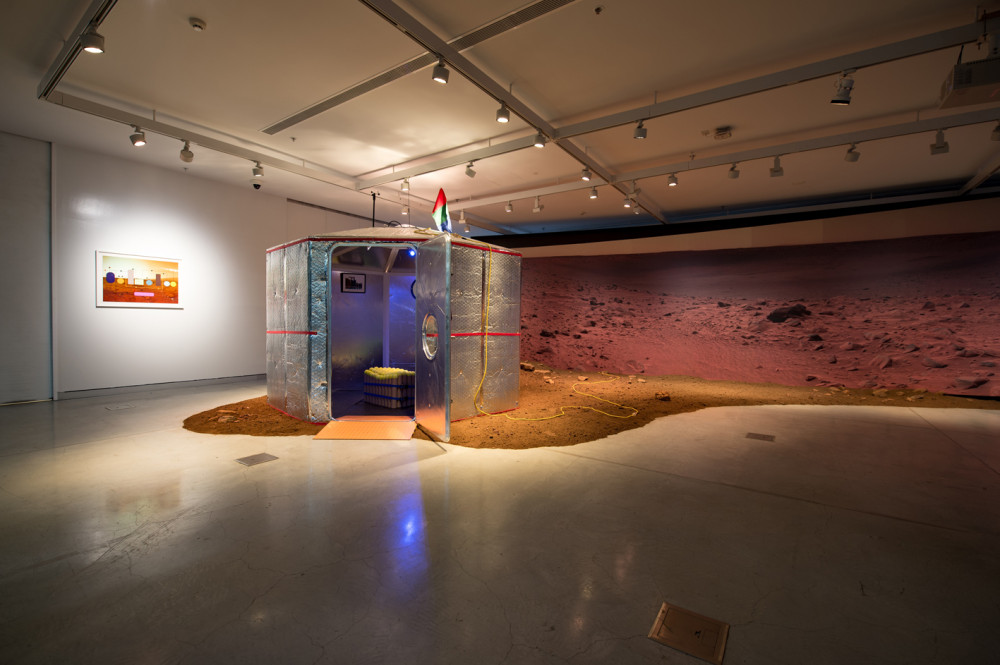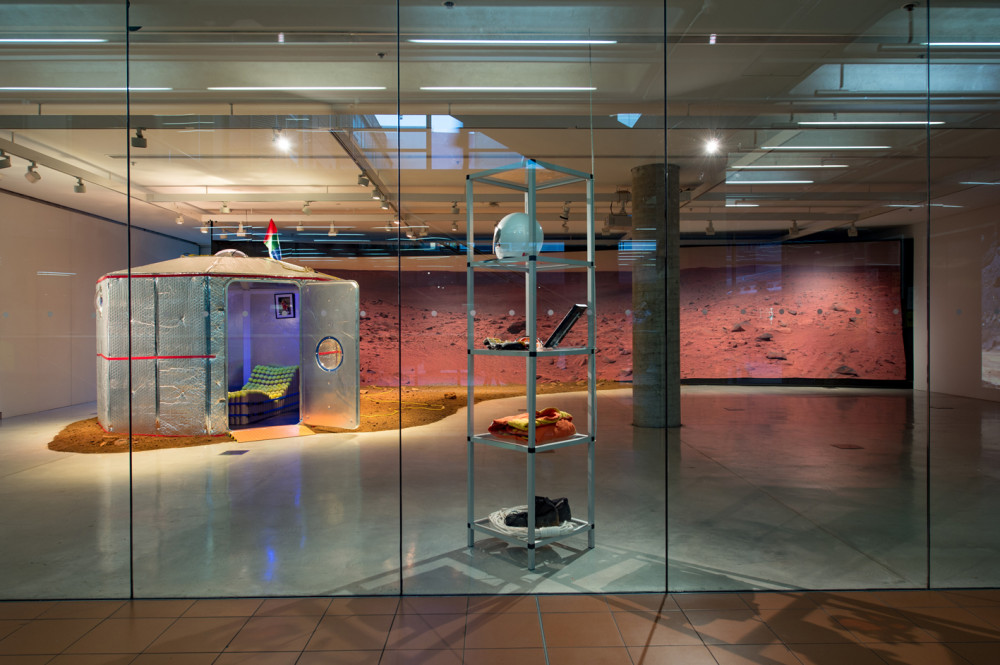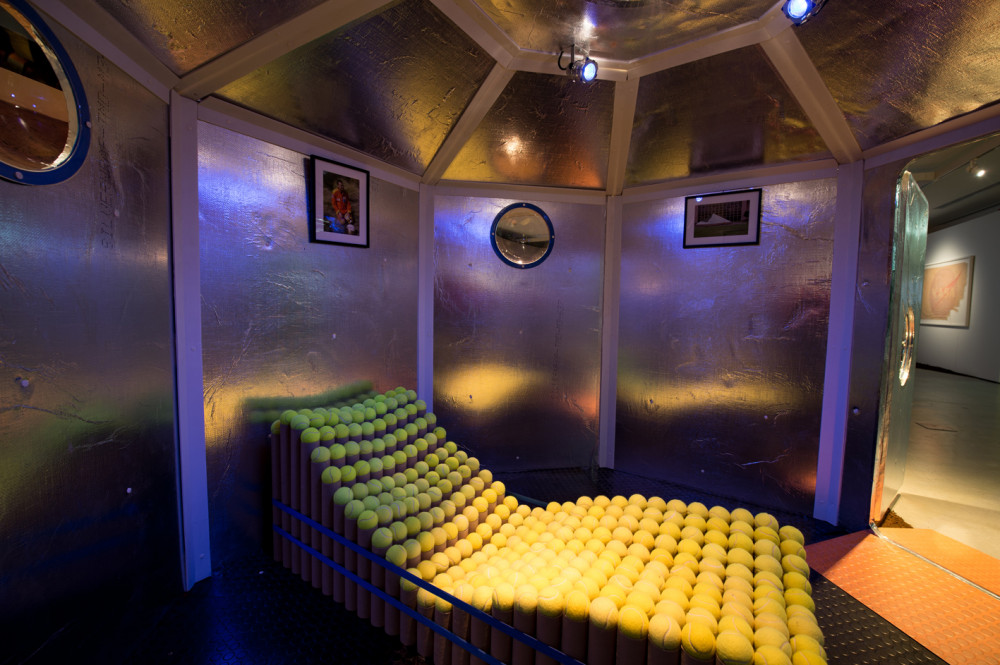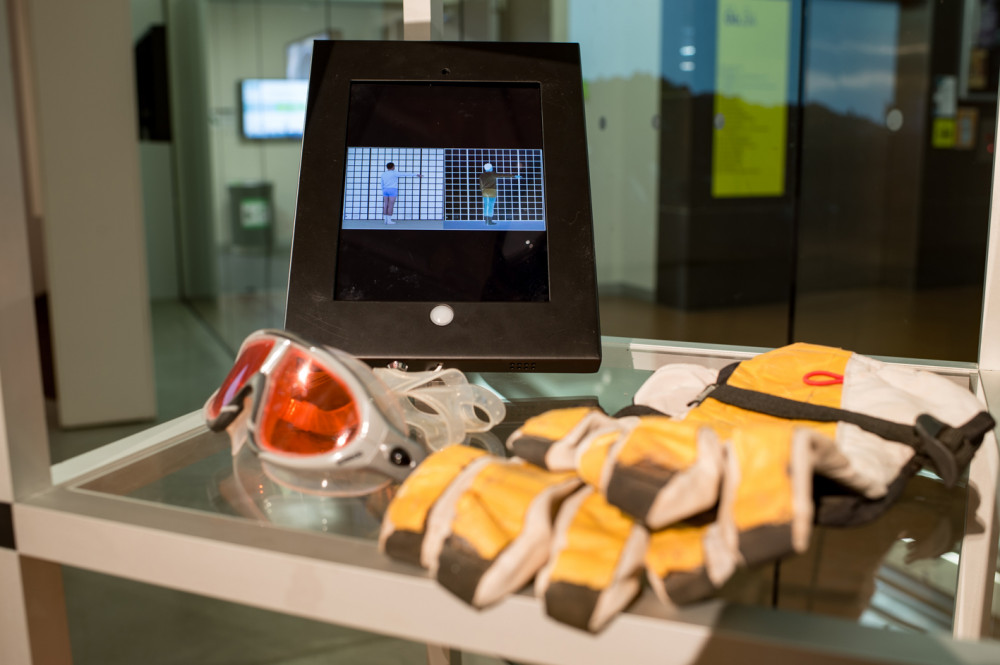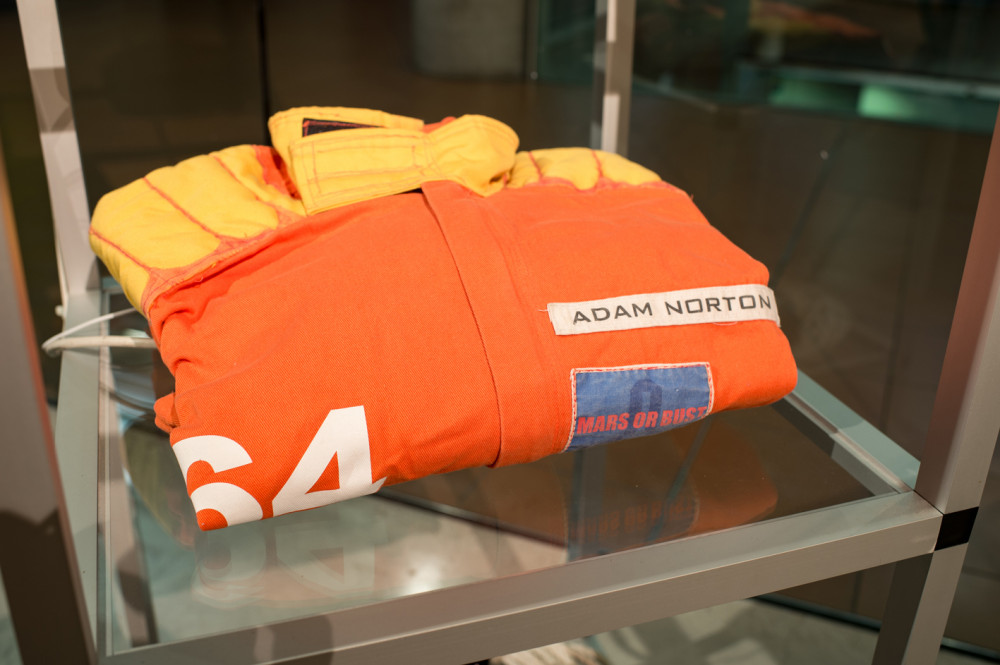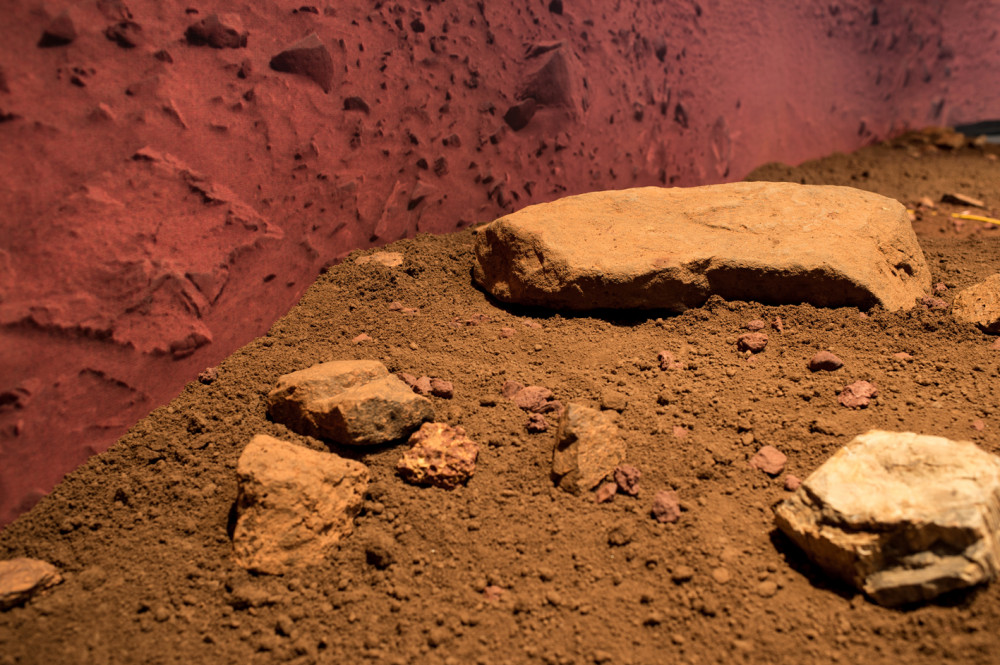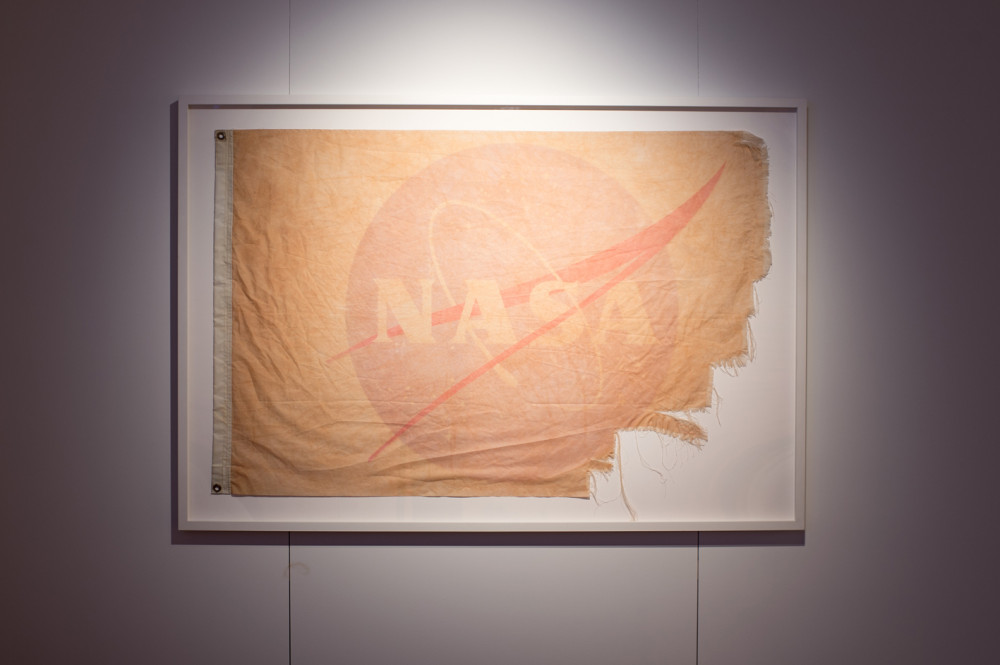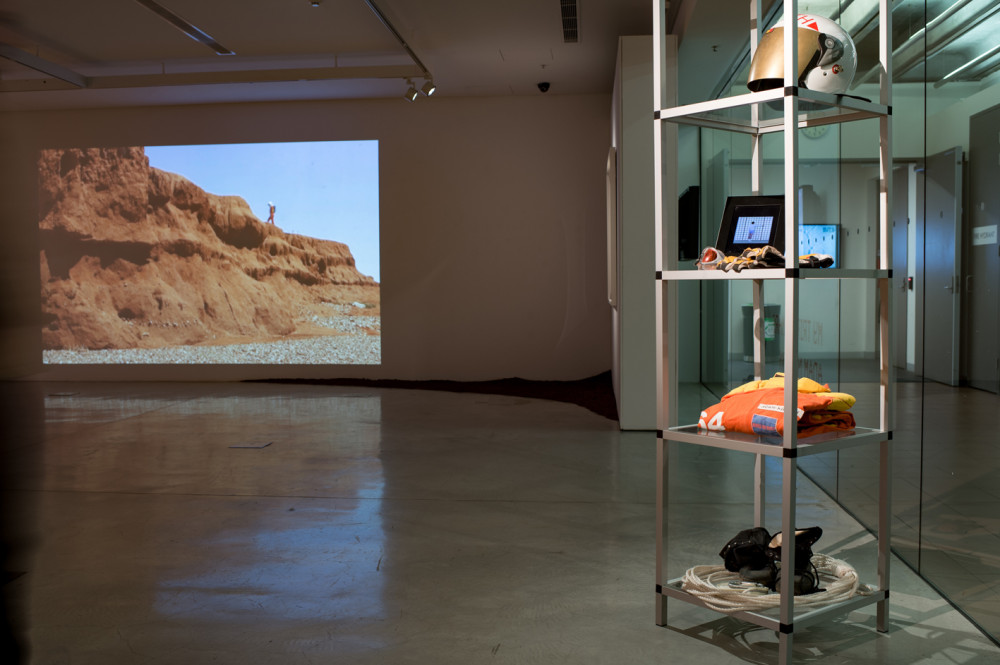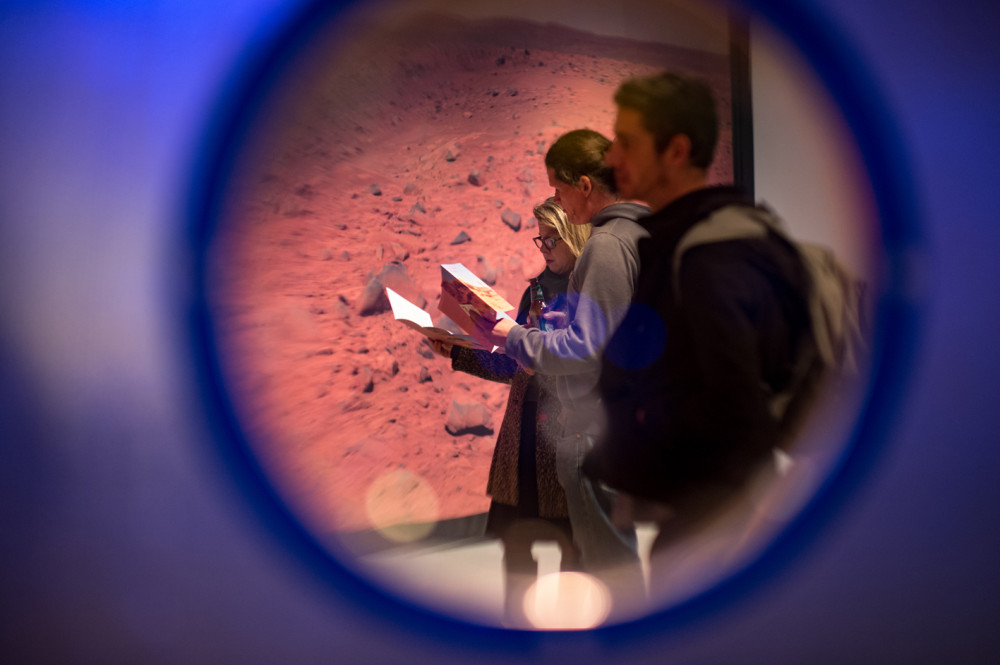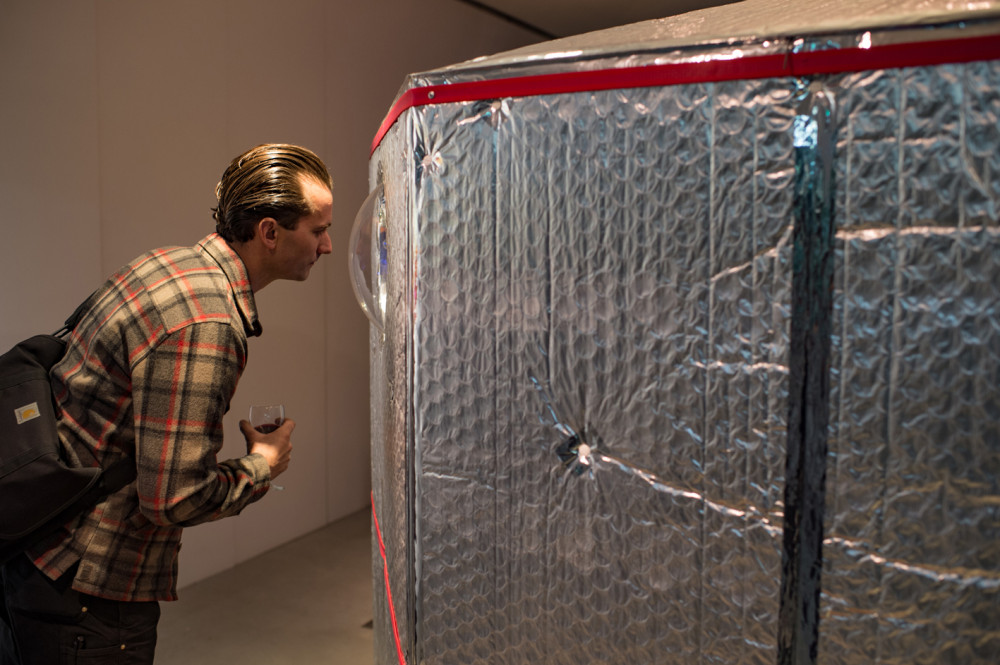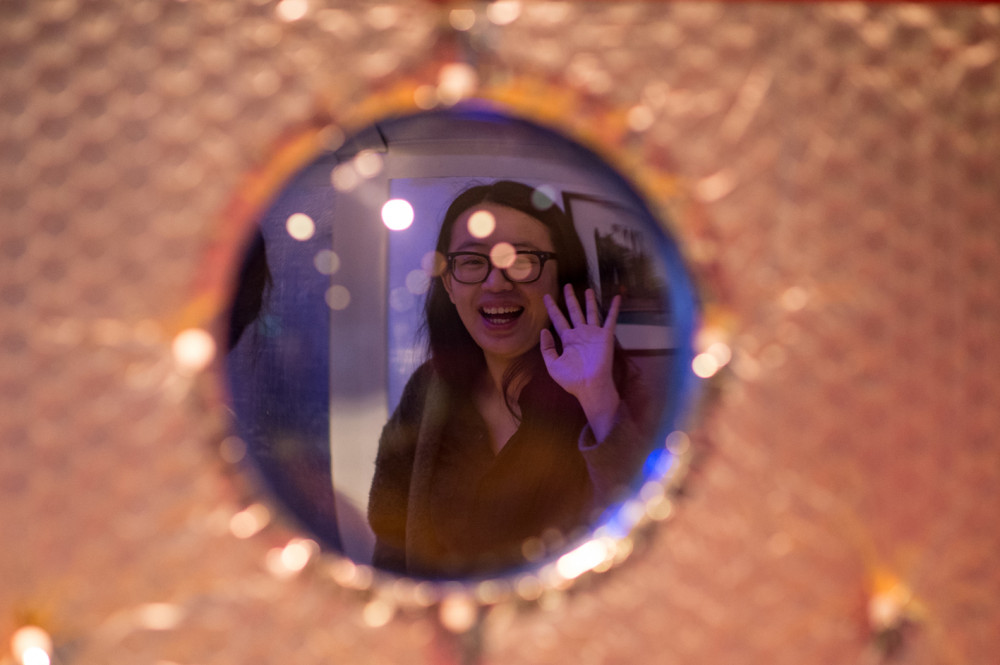My Trip To Mars
28 July – 28 August 2015
UTS Gallery, Sydney
The First Man on Mars
In 1948 German American rocket scientist Wernher von Braun published Das Marsprojekt (The Mars Project), a technical manual detailing a potential future manned mission to Mars described as being among the most influential and accomplished books on the subject in history.
Von Braun, who was later called to account for his affiliation with Nazism, described in great detail how a fleet of ten spacecraft manned by seventy scientists and astronauts could journey to Mars, find a landing site and establish a base camp for further exploration. The launch date for this ambitious mission, von Braun speculated, could be as early as 1965.
Flash forward fifty years, and humanity is still inching closer to that speculative future. The Mars One project, established by a Dutch organisation and media company aiming to land the first humans on Mars by 2027, has been widely criticised as unrealistic and vastly under-resourced - NASA is aiming for a more modest target of the mid-2030s. Research on the effects of deep space travel on humans is ongoing, with a group of research scientists recently confined to a geodesic dome in Hawaii experiencing some of the isolation their future astronaut counterparts will have to endure. Progress continues.
In My Trip to Mars Adam Norton invites us to imagine a scenario where a visit to the red planet is as simple as a nip down to the local hardware store. Taking on the persona of the mad inventor turned intrepid explorer he returns the narrative around space exploration from one deeply embedded with the military industrial complex, fed by billions in government and corporate dollars, to a human scale. By doing so he instills these endeavours with a sense of creative imagination, even hope.
Norton’s adventures in the video work Mars Project belie the extreme conditions on the red planet – its average surface temperature colder than the coldest temperatures ever recorded in Antarctica, its raging dust storms and low gravity, its unforgiving terrain, its toxic air. Should our home planet ever finally expire, this freezing dusty rock could be humanity’s life raft. Filmed in the landscape around the mining town of Broken Hill, it shows Norton picking his way though the scarred landscape, clambering over rocks and pausing to look out over the red expanse. Despite his apparent isolation, his demeanor is buoyant and curious. Norton’s helmet, marked EARTH, is both a clue to the potential global effort behind such a mission, and a reminder of the rather more terrestrial context of these speculations. If Norton is our envoy to Mars, this mission is an exercise in quixotic optimism.
The surface of the Mars diorama painstakingly recreated in the gallery is littered with objects seemingly souvenired from such an adventure. But Norton’s speculative Martian artefacts are constructed from simple, widely available materials: cardboard, tennis balls, bubble wrap. The Mars habitation unit, Space Yurt, is a humble abode based on the structures of nomadic societies; Norton’s lightweight orange space suit is closer to that of a racing car driver than thebulky suits worn by real astronauts. In their modesty these objects defy the major technological and economic barriers befalling real manned Mars missions, and draw us in with their materiality.
Norton’s constructions remind us that the senses of wonder and adventure have always been at the heart of our fascination with the universe. Scientists continue to probe our solar system with the hope that there might be someone or something else out there with the same curiosity. We just need to keep leaping out into the great unknown.
Eleanor Zeichner
Exhibited works:
Space Yurt, 2012, foam core, corflute, silver bubble rap, acrylic domes, survival gear, rubber flooring, 270 × 306 × 306 cm
Space Bed, 2010, cardboard, tennis balls, racket straps, 62 × 198 × 66 cm
Mars Utility Suit, 2009-2014, suit, helmet, shoes, gloves, pack and rope, dimensions variable
Mars Relic, 2008-2013, printed flag, red earth, 126 × 182 cm (framed)
Living Off The Land, 2015, pigment print on paper, 58 × 83 cm, edition of 3 + AP
The Mars Project, 2013, HD video, 28 minutes, edition of 5 + 1AP
Mars Gravity Simulator (video documentation), 2011, HD Video, edition of 3 + AP

